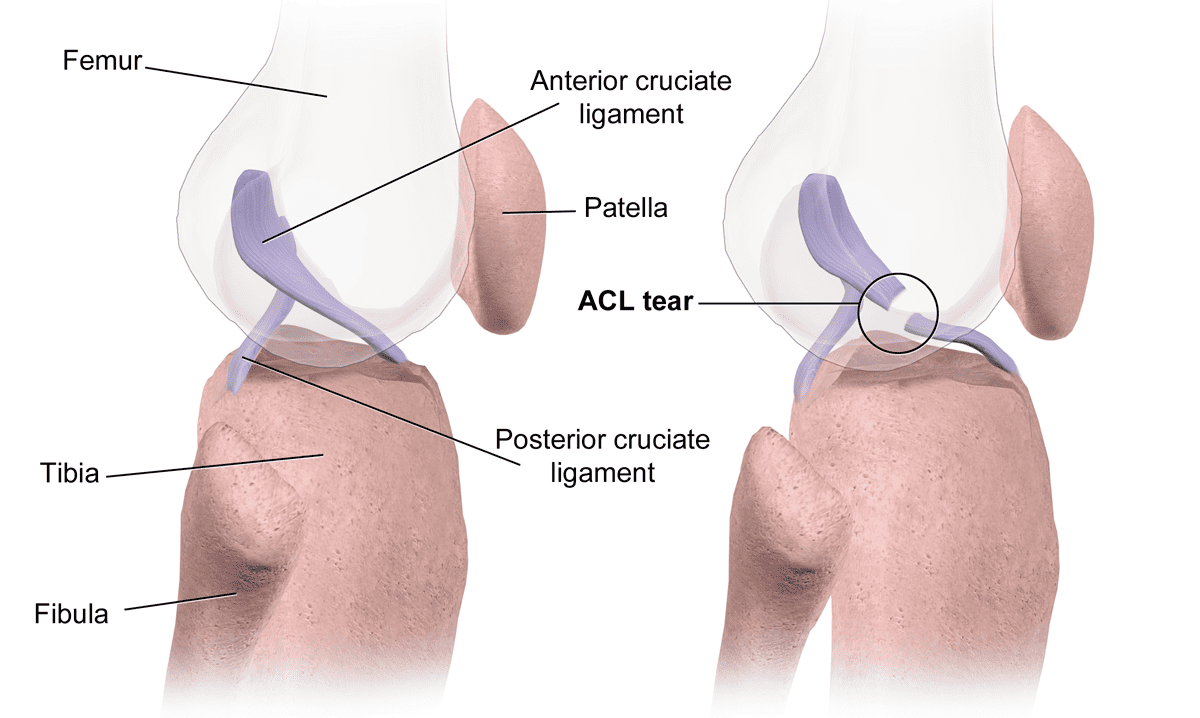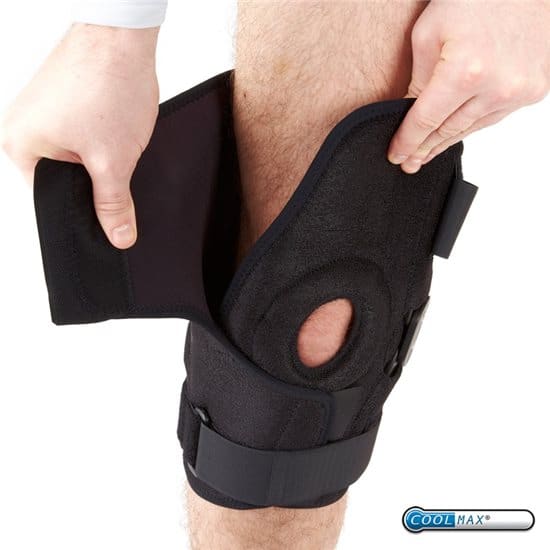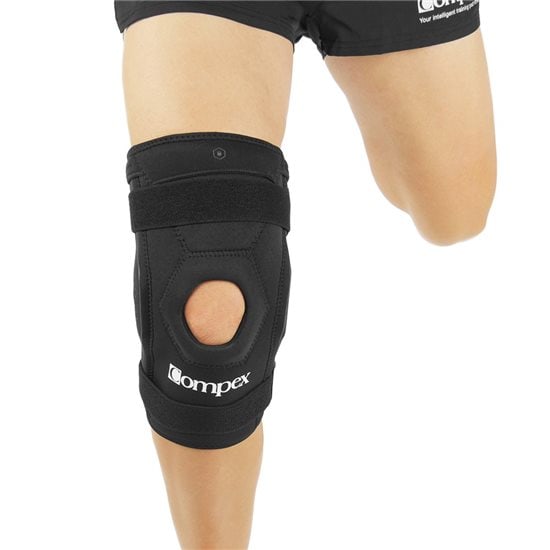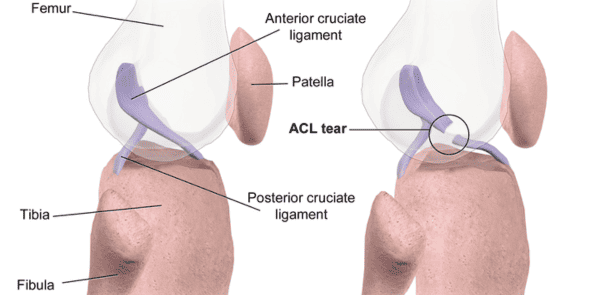So you’re sprinting down the soccer field, at the park, or maybe just navigating everyday life. Then suddenly, a sharp pain shoots through your knee, accompanied by a “pop.”
What you’ve just experienced might be an ACL injury. It’s a common yet often misunderstood condition that affects individuals and athletes.
This guide will cover the intricacies of the anterior cruciate ligament. Read on and learn its crucial role in knee stability and the factors that contribute to its injury.
The Anatomy of the ACL
 (Image Credit: Wikimedia Commons)
(Image Credit: Wikimedia Commons)
At the heart of your lower body lies the knee joint. It’s where bones, cartilage, and ligaments collaborate. One of these key players is the anterior cruciate ligament. Short for ACL, it’s a band of tissue that traverses the knee, connecting the thighbone to the shinbone.
Think of the ACL as a vital stabiliser. It prevents the knee from swaying in undesirable directions during activities like:
- running
- jumping
- sudden changes in direction
This ligament’s role in maintaining knee stability is as essential as a foundation to a sturdy building.
Causes of ACL Injuries
 (Image Credit: Wikimedia Commons)
(Image Credit: Wikimedia Commons)
ACL injuries often strike when engaging in activities demanding the following:
- quick turns
- explosive jumps
- abrupt stops
Sports enthusiasts, take heed: sports-related incidents pose considerable risks. These include sharp pivots during basketball games to downhill skiing escapades. Even beyond sports, accidents involving sudden falls can spell trouble for the ACL.
Picture a soccer player pivoting swiftly to change direction. Or a skier navigating treacherous slopes. These dynamic motions, while thrilling, can apply intense stress to the ACL. It’s these very sudden, forceful movements that can tip the balance. And this can cause the ligament to strain, partially tear, or, worst of all, tear completely. This leaves individuals grappling with the consequences of an ACL injury.
Symptoms and Diagnosis
A “popping” sound, accompanied by immediate pain and swelling, often serves as the initial alert. Subsequent instability in the knee, as if it might give way beneath you, is another crucial marker.
When seeking a professional diagnosis, medical experts undertake a comprehensive approach. They begin with a thorough physical examination. Next is assessing a range of motion, stability, and tenderness. Imaging tools like MRI scans are then employed to delve deeper into the extent of the injury. This diagnostic journey also involves evaluating your medical history for any preexisting conditions.
The urgency of seeking medical attention cannot be overstated. An accurate diagnosis paves the way for tailored treatment plans. This includes determining the best ACL brace for your specific needs.
Treatment Options

Upon diagnosing an ACL injury, individuals are presented with two treatment options:
- surgical
- non-surgical
For milder injuries or those not suitable for surgery, non-surgical approaches are ideal. Rest, often coupled with physical therapy, aims to rebuild knee strength and stability gradually. The use of supportive ACL knee braces also aids in stabilising the joint during healing.
In contrast, surgical intervention is often recommended for complete ACL tears. The same goes for individuals desiring a swifter return to strenuous activities.
The common surgical choice is ACL reconstruction surgery. It involves replacing the damaged ligament with a graft. This is typically harvested from the patient’s own tissue or a donor source. Overall, the procedure endeavours to restore knee stability and functionality.
Recovery and Rehabilitation

Following ACL surgery or non-surgical treatment, rehabilitation emerges as the linchpin of recovery. Patience is key, as this journey spans several months. The gradual process involves restoring the knee:
- strength
- stability
- range of motion through tailored exercises and therapies
Adhering to your healthcare provider’s instructions is paramount. Each step of the rehabilitation program is designed to ensure a successful outcome. From simple stretches to advanced workouts, every effort contributes to recovery.
Preventing ACL Injuries
Preventing ACL injuries demands a proactive approach. Prior to physical activities, always warm up to prepare your muscles for action. Be it on the field or on the court, proper techniques while engaging in sports can diminish the risk.
Donning appropriate protective gear provides an added layer of defence. Wearing knee support for ACL, like the Mueller knee brace, sets a prime example.
Equally essential is the maintenance of overall leg strength and flexibility. Regular exercise routines targeting these areas bolster the knee’s resilience. By integrating these measures into your routine, you can minimise the chances of encountering an ACL injury.
Round-up
The ACL plays a pivotal role in maintaining stability, granting us the freedom to move with ease. An ACL injury, while disruptive, need not be a roadblock. Armed with knowledge, we can navigate this landscape wisely.
Your knees are your allies — treat them with care, and they’ll support you on every step of your journey. Ensure you consult a healthcare provider to find the ideal knee brace ACL tailored to your needs. For further options, explore the range of braces & supports available at Physioroom!
What you should read next: What Does A Knee Brace Do?


